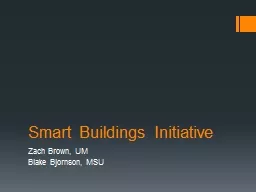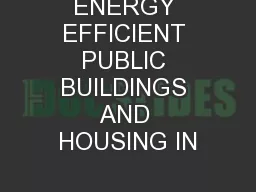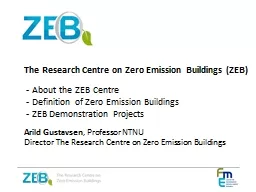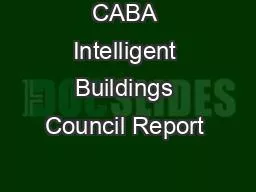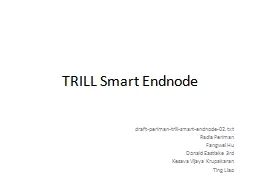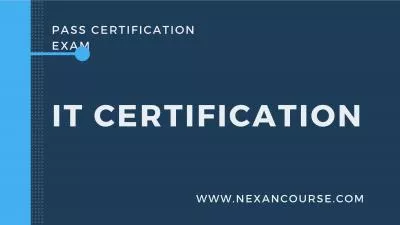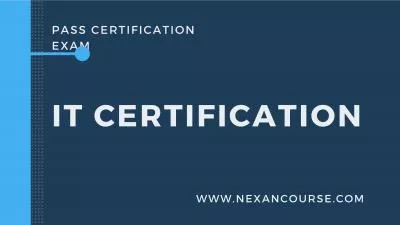PPT-Smart Buildings Initiative
Author : mitsue-stanley | Published Date : 2016-07-01
Zach Brown UM Blake Bjornson MSU Objectives Control utility costs gt Control cost of education Good for the state good for the student Address deferred maintenance
Presentation Embed Code
Download Presentation
Download Presentation The PPT/PDF document "Smart Buildings Initiative" is the property of its rightful owner. Permission is granted to download and print the materials on this website for personal, non-commercial use only, and to display it on your personal computer provided you do not modify the materials and that you retain all copyright notices contained in the materials. By downloading content from our website, you accept the terms of this agreement.
Smart Buildings Initiative: Transcript
Download Rules Of Document
"Smart Buildings Initiative"The content belongs to its owner. You may download and print it for personal use, without modification, and keep all copyright notices. By downloading, you agree to these terms.
Related Documents

